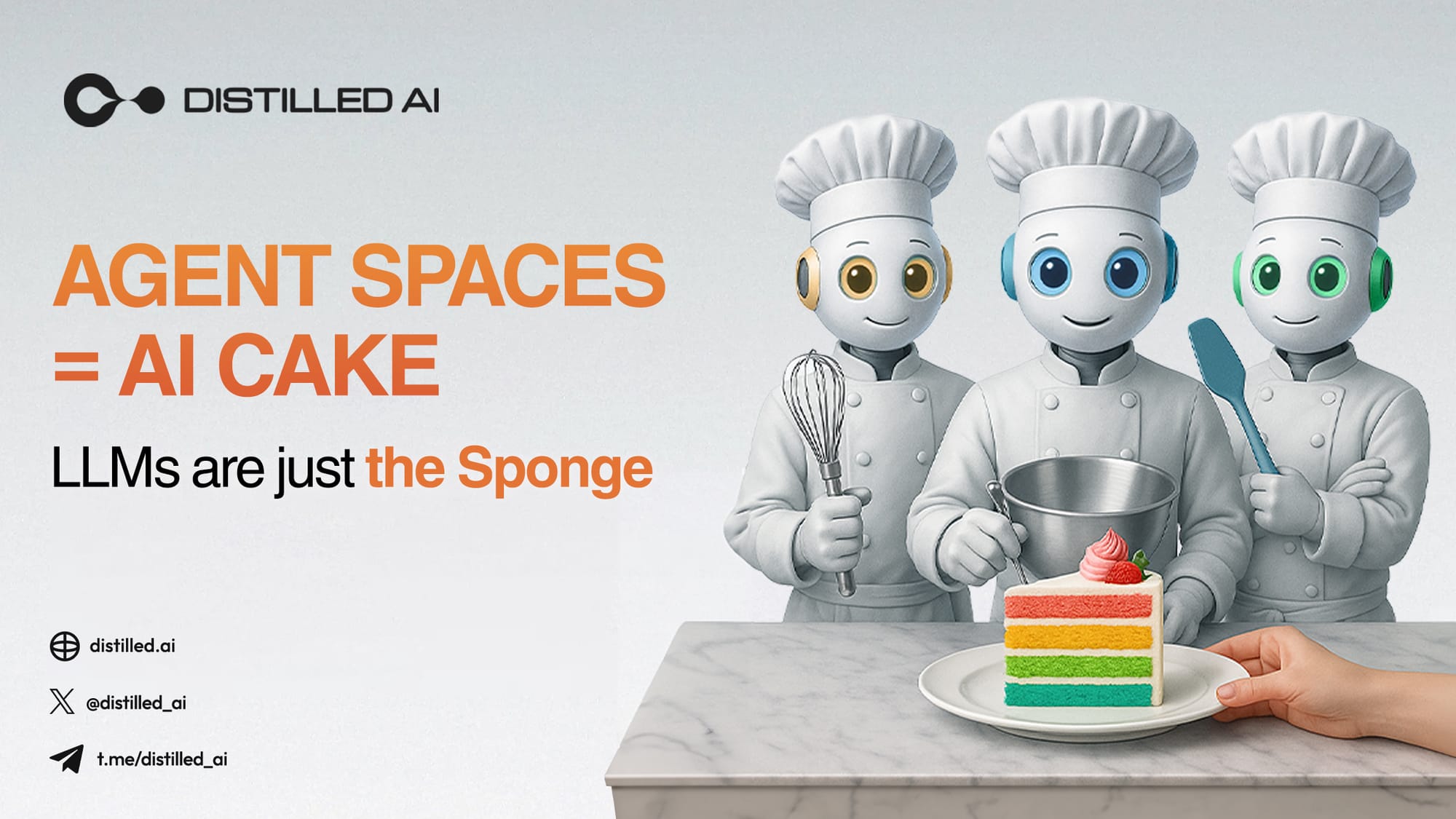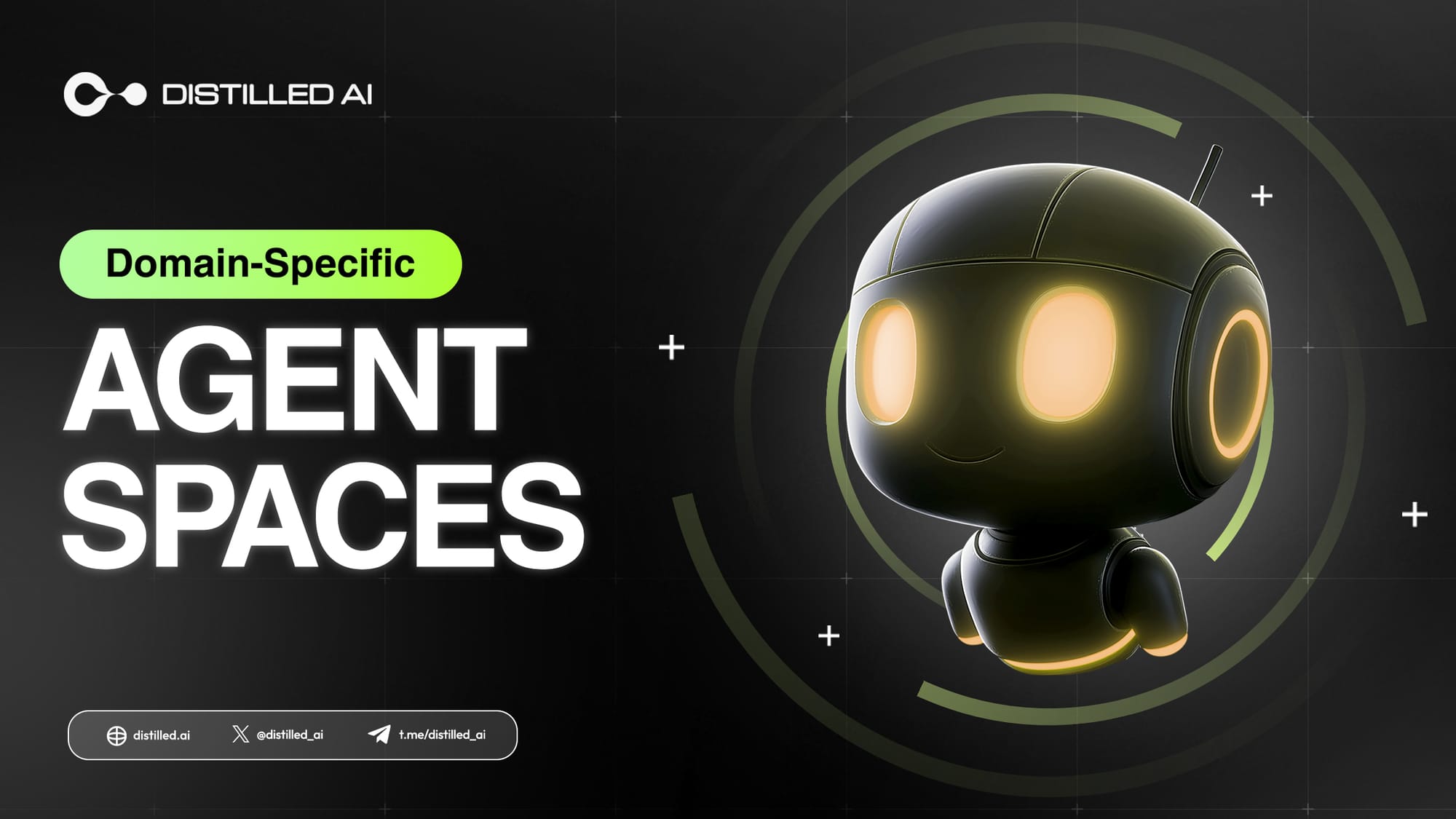- Our AI Agents
- About us
- Blog
- DeveloperComing soon
- Docs
- Enter MESH App
 Back
Back
The Future of Large Language Models: 5 Predictions Shaping AI Development in 2025 and Beyond
APR 04, 2025
As Large Language Models (LLMs) continue to evolve, their influence extends well past today’s chatbots and text generators—informing everything from customer service to scientific research. By 2025, LLMs are poised to become even more sophisticated, contextual, and integrated into our daily lives. Below are five key predictions that will define how these revolutionary AI systems shape the future of natural language processing and beyond.
1. Multimodal Expansion
Why It Matters
Current LLMs are primarily text-focused. Going forward, expect multimodal AI—capable of interpreting images, audio, and video alongside text. This expanded ability to cross-reference data types opens doors for more immersive user experiences.
Real-World Impact
• Medical Diagnostics: Combine radiology images with patient records for richer insights.
• Retail & E-Commerce: Enable deeper product recommendations by analyzing both text reviews and user-posted images.
• Accessibility: Provide immediate, context-aware descriptions for visually impaired users.
Takeaway: Multimodal LLMs will deliver holistic solutions that interpret and generate diverse forms of information in tandem.
2. Enhanced Personalization and Context Awareness
The Next Frontier
Future LLMs won’t just generate one-size-fits-all text. By 2025, expect them to deliver highly personalized outputs, learning from user profiles, historical interactions, and even real-time context.
Practical Examples
• Adaptive Chatbots: Tailor advice or recommendations based on individual user preferences, mood, or location.
• Dynamic Learning Platforms: Provide personal study materials and feedback loops tuned to each student’s learning pace.
• Custom UI Experiences: Adjust content layout, complexity, or tone automatically, improving user retention and satisfaction.
Result: Greater personalization fosters deeper user engagement, making AI interactions feel genuinely human-centric.
3. Federation and Edge Capabilities
Emerging Trend
Rather than centralizing all processing power in the cloud, federated learning and edge AI will become more prevalent. LLMs will process sensitive data locally on user devices or in smaller server clusters—addressing latency and privacy concerns.
Key Benefits
• Privacy Preservation: Personal information can remain on individual devices, easing GDPR or CCPA compliance.
• Lower Latency: Real-time interactions and minimal round-trip delays improve user experiences in critical applications (e.g., AR/VR).
• Reduced Cloud Dependence: Local models decrease reliance on expensive cloud infrastructure, broadening AI accessibility.
Impact: A shift toward decentralized architectures aligns with user demands for security, speed, and autonomy.
4. AI Ethics and Regulation to Gain Momentum
Why It’s Unavoidable
As LLMs grow more powerful, so do concerns about bias, misinformation, and privacy. Governments and ethical bodies will respond with heightened regulations, demanding transparency and compliance from AI developers.
Future Outlook
• Model Audits: Regular third-party checks on datasets and model behavior become standard.
• Explainable AI (XAI): Pressure mounts to develop interpretable LLM architectures, clarifying how they arrive at conclusions.
• Global Policy Shifts: Expect region-specific rules and frameworks (e.g., the EU AI Act) that influence how LLMs are trained and deployed.
Bottom Line: Balancing innovation with user trust and well-being will be key to sustainable LLM adoption.
5. Sector-Specific Fine-Tuning and Integration
Breaking Silos
By 2025, more LLMs will be domain-focused, fine-tuned for specific sectors (e.g., healthcare, finance, law) to ensure accuracy, compliance, and specialized knowledge.
Examples
• Legal Tech: Provide advanced contract analysis, legal research, and litigation support with minimal human intervention.
• Healthcare: Offer preliminary diagnoses, patient Q&A, and clinical trial matching based on medical guidelines.
• Enterprise & Industry: Streamline product design, supply chain management, or customer analytics for competitive advantage.
Key Takeaway: Greater specialization leads to superior performance and reliability—catering to the intricate demands of each market vertical.
By 2025, Large Language Models will have a transformative presence, enabling richer, more contextual interactions across industries. From multimodal expansions to localized AI and ethical oversight, each trend underscores the potential for LLMs to reshape how we engage with information and technology. Maintaining a balance between innovation and responsible development will ensure that LLMs continue to propel AI forward—benefiting users, businesses, and society at large.
Key Takeaways
1. Multimodal Integration: LLMs will handle images, audio, and text, offering holistic data analysis.
2. Personalized Outputs: Greater context awareness leads to tailored, user-centric experiences.
3. Decentralized Architectures: Federated and edge computing solutions emerge, boosting privacy and reducing latency.
4. Ethical Oversight: New regulations, audits, and interpretability demands shape responsible AI innovation.
5. Sector-Focused Fine-Tuning: Highly specialized LLMs deliver greater accuracy and reliability in various domains.
As we look ahead, the fusion of advanced LLM capabilities with robust ethical frameworks promises a future where AI enriches our world—seamlessly integrated, deeply insightful, and profoundly transformational.


Thank you!
Read more articles

LLMs Are Just the Sponge: Building the Full AI Cake with Agent Spaces
From LLMs to AI systems is a long journey. Just like a sponge alone doesn't make a cake, LLMs alone can't create the rich, layered AI experiences we rely on today. This article explores how the AI Cake is formed—how modular systems, orchestrated workflows, and agent spaces bring everything together. And more importantly, what Distilled AI is aiming to build: the infrastructure that transforms these ingredients into a scalable, composable AI economy. The Secret Recipe When most people interact
MAY 14, 2025

One Size Fits None: Why Domain-Specific Agent Spaces Win
As Agent Spaces begin to define how humans and AI agents collaborate, a critical design choice emerges: why not build a single Agent Space that does everything? A universal platform might sound efficient, but in practice, specialization beats generalization when solving hard problems. This article makes the case for domain-specific Agent Spaces—where modularity, focus, and community expertise create compounding value that no "do-everything" platform can match. Domain Specialization: The Compet
MAY 14, 2025

 Share article
Share article